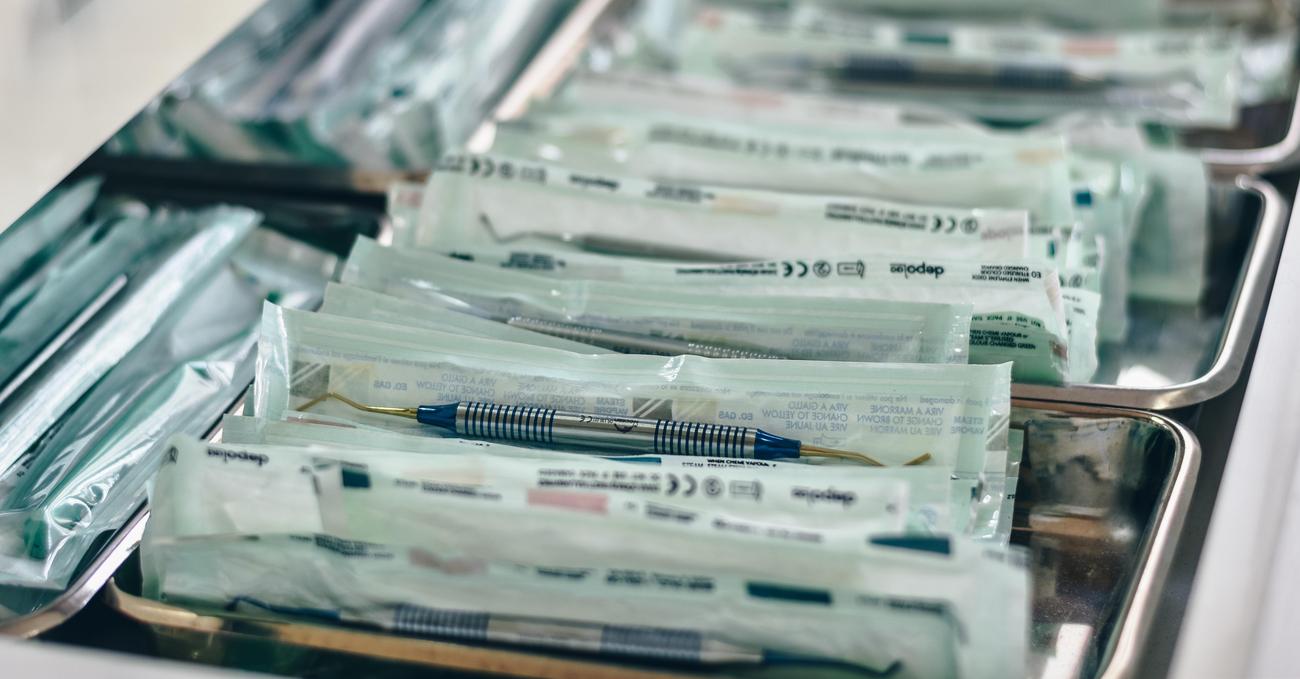Have you ever wondered how your mouth manages to maintain a healthy environment amidst the constant assault of bacteria and other harmful substances? The answer lies in a remarkable enzyme called salivary amylase. This article delves into the fascinating world of oral health and highlights the indispensable role that salivary amylase plays in keeping our mouths in tip-top shape. So, get ready to uncover the secrets behind a healthy smile and explore the importance of salivary amylase in maintaining oral health.

The Importance of Salivary Amylase in Oral Health
Salivary amylase, an enzyme produced by the salivary glands, plays a vital role in maintaining oral health. This enzyme helps in the digestion of carbohydrates, breaking down complex starch molecules into simpler sugars. But its significance goes beyond digestion. In this article, we will explore the multiple functions and benefits of salivary amylase in promoting oral hygiene.
One of the key functions of salivary amylase is its ability to bind with oral streptococci, a group of bacteria commonly found in the mouth. This binding process contributes to bacterial clearance and nutrition, limiting their growth and preventing the formation of dental issues. In addition, salivary amylase is also found in acquired enamel pellicle, suggesting its involvement in the adhesion of bacteria that bind to this enzyme. This knowledge highlights the importance of salivary amylase in controlling bacterial colonization and maintaining a healthy oral environment.
Furthermore, salivary amylase levels can serve as a non-invasive biomarker for evaluating oral and dental health status, especially in children. By estimating the levels of this enzyme, dental professionals can better regulate and monitor the oral health of their young patients. This information empowers healthcare providers in delivering targeted treatments and preventive strategies, ensuring optimal oral hygiene for children.
The contribution of salivary amylase to starch digestion is another crucial aspect to consider. Alongside pancreatic amylase, salivary amylase participates in breaking down complex carbohydrates into simpler sugars. This efficient digestion process is essential for preventing the accumulation of starch particles in the oral cavity, reducing the risk of dental caries and plaque formation.
Moreover, the protective role of saliva in oral health cannot be overlooked. Saliva plays a significant role in hydrating mucosal tissues, removing debris from the oral cavity, and buffering oral pH. It acts as a natural defense mechanism, protecting against the damaging effects of harmful substances, such as hydrogen peroxide, and promoting the overall health and integrity of the oral tissues.
However, reduced saliva flow can have detrimental effects on oral health. When saliva production is compromised, the health of both soft and hard tissues can be affected. The lack of sufficient saliva can lead to dry mouth, which not only causes discomfort but also increases the risk of dental issues such as dental caries, gingivitis, and fungal infections. Therefore, maintaining adequate saliva flow is crucial for preserving oral health.
In summary, salivary amylase plays a critical role in maintaining oral health by contributing to bacterial clearance, starch digestion, and oral tissue protection. By understanding the importance of salivary amylase, dental professionals can implement targeted preventive strategies and treatments to ensure optimal oral hygiene. Regular dental check-ups and promoting saliva production through hydration and lifestyle adjustments are key steps in maintaining a healthy oral environment.
“Salivary amylase: A powerful ally in promoting oral health and preventing dental issues.”
Salivary amylase is an enzyme abundant in our saliva that plays a crucial role in breaking down complex carbohydrates into simpler sugars. However, there’s more to this enzyme than meets the eye. Did you know that salivary amylase starts breaking down starch even before it reaches the stomach? It’s true! This fascinating process begins in our mouths, paving the way for efficient digestion.
If you’re interested in learning more facts about salivary amylase, click here to uncover intriguing insights and surprising discoveries. Explore the incredible ways in which this enzyme influences our digestion and overall health. Delve into the science behind its role and discover the hidden secrets behind this vital enzyme. Don’t miss out on the opportunity to expand your knowledge and gain a deeper understanding of salivary amylase.
So, why wait? Click here to access a comprehensive collection of information and uncover fascinating facts about salivary amylase. You’ll be amazed at how this enzyme works tirelessly to ensure our bodies can effectively process the food we consume. Prepare to be captivated by the wonders of salivary amylase!
URL: facts about salivary amylase

FAQ
Q: What is salivary amylase and why is it important for oral health?
A: Salivary amylase is a glucose-polymer cleavage enzyme produced by the salivary glands. It plays a crucial role in carbohydrate digestion, which is essential for overall oral health.
Q: How does salivary amylase contribute to maintaining oral hygiene?
A: Salivary amylase helps by binding with a selected group of oral streptococci, aiding in bacterial clearance and nutrition. Additionally, it is found in acquired enamel pellicle, suggesting its involvement in the adhesion of alpha-amylase-binding bacteria.
Q: Can low levels of salivary amylase be a risk factor for any health conditions?
A: Yes, low levels of salivary amylase, combined with high starch consumption, may increase the risk of metabolic syndrome, emphasizing the importance of maintaining appropriate salivary amylase levels for overall health.
Q: Is salivary amylase related to dental plaque and caries formation?
A: Salivary amylase has at least three distinct biological functions in dental plaque and caries formation. Its presence and activity contribute to the complex mechanisms involved in these oral health concerns.
Q: Can salivary amylase levels be used to assess oral and dental health in children?
A: Yes, salivary amylase levels can be estimated and used as a non-invasive biomarker for regulating oral and dental health status in children, providing valuable insights into their oral hygiene.














